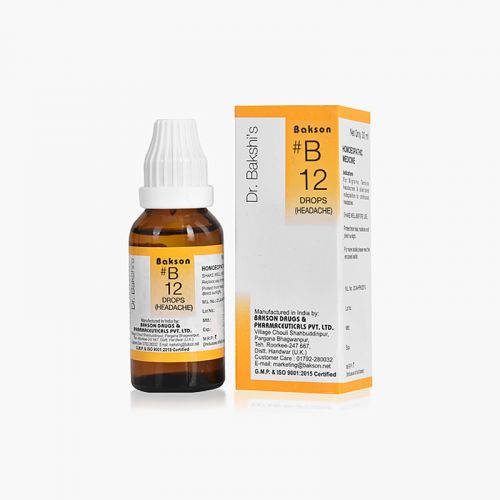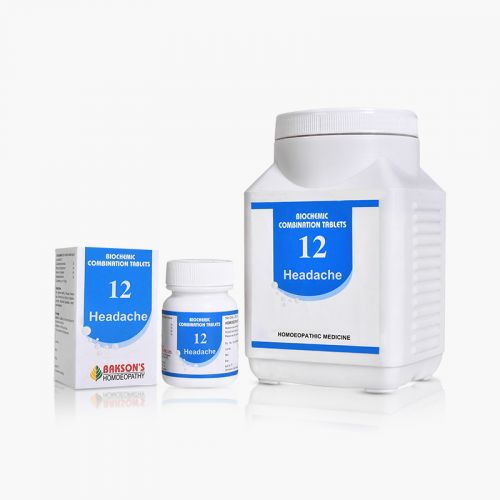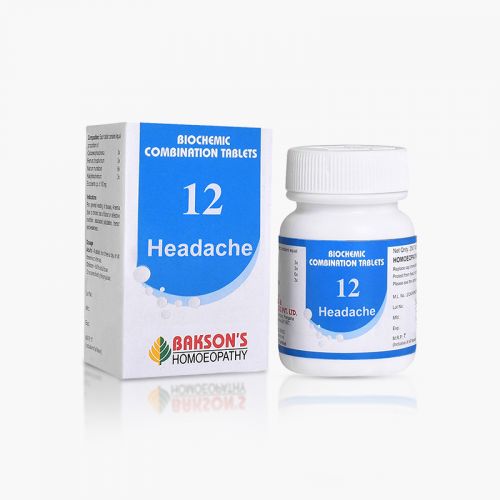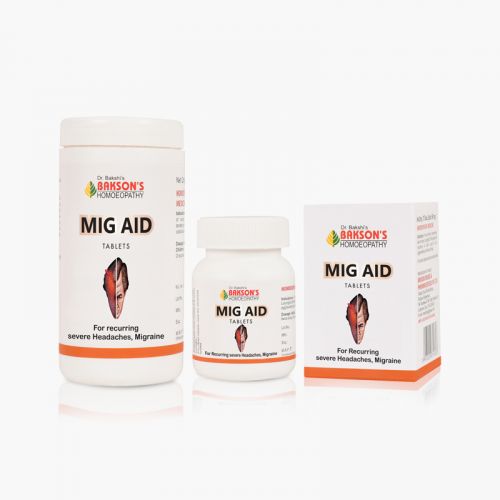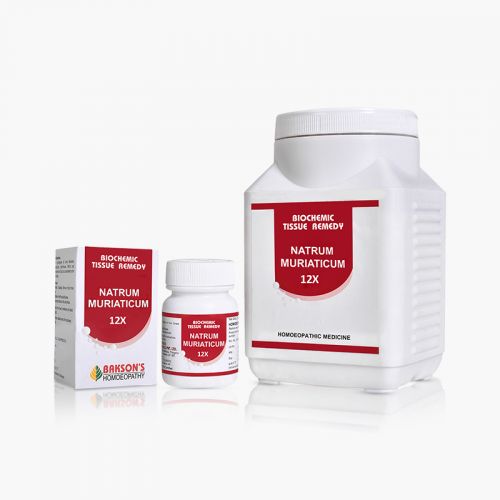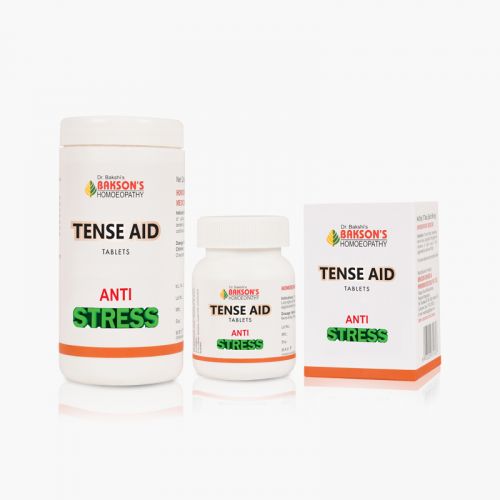We use cookies to make your experience better. To comply with the new e-Privacy directive, we need to ask for your consent to set the cookies. Learn more.
What is Migraine?
The word migraine is derived from the Greek word hemikrania. Migraine is a genetically influenced complex disorder characterized by episodes of moderate-to-severe headache. These headaches are generally unilateral and associated with nausea with increased sensitivity to external stimuli like light and sound. It is a very common cause of debility and loss of work.
The World Health Organization (WHO) estimates the worldwide prevalence of current migraine to be 10% and the lifetime prevalence to be 14%.
Causes
The exact cause of migraine is not known but it is believed to have a very strong genetic component. However, no definite pattern of incidence has been identified. Various theories suggest that multiple primary neuronal impairments lead to a series of intracranial and extracranial changes that cause migraines. Some of the risk factors may be-
- Retinal vasculopathy with cerebral leukodystrophy (RVCL) - a rare genetic disease that causes progressive loss of tiny blood vessels resulting in visual deterioration and a series of mini-strokes in the brain.
- Hereditary infantile hemiparesis
- Leukoencephalopathy - disorders of brain white matter
- Triggers (stress, hormonal changes, odours, smoking, skipped meals etc.)
Sign and symptoms
The classical symptoms of migraine can be classified as-
- Migraine without aura: It is typically unilateral in location and aggravated by physical activity and accompanied with nausea and light and sound sensitivity. It is also called a common migraine.
- Migraine with aura: This precedes headache by minutes and may also persist during it. Visual symptoms (chaotic cascading, dots, zigzag and hemianopia), Somatosensory paraesthesia, motor symptoms (dysarthria, ataxia) and speech disturbances are experienced.
Diagnosis
The diagnosis of migraine is based on the patient's history, physical examination and fulfilment of the diagnostic criteria (The International Classification of Headache Disorders ICHD-3).
General management
The treatment of acute migraine aims to stop the progression of headache. Prophylactic or preventive treatment reduces the frequency of attacks and improves the responsiveness to acute attacks altering their severity and duration.
Lifestyle changes include regular exercise, yoga, reduction of triggers and Cognitive-behavioural therapy, if needed.
Warning: Above information provided is an overview of the disease, we strongly recommend a doctor's consultation to prevent further advancement of disease and/or development of complications.
Disclaimer: The information provided herein on request, is not to be taken as a replacement for medical advice or diagnosis or treatment of any medical condition. DO NOT SELF MEDICATE. PLEASE CONSULT YOUR PHYSICIAN FOR PROPER DIAGNOSIS AND PRESCRIPTION.
-
-
- BCT # 12 (HEADACHE)-250TABSpecial Price ₹ 84.00 Regular Price ₹ 105.00
-
-
-




